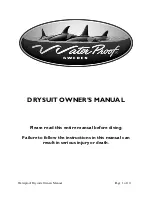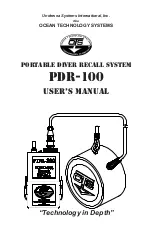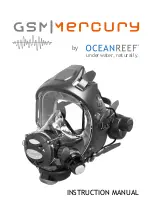
Dissolved oxygen
inoLab
®
Multi 9310 IDS
50
ba75937e10
08/2021
7.2.4 Evaluation
The evaluation is based on the accuracy required and defined by the user (e.g.
± 2 %). Together with the nominal value (100 %) this results in a validity scope
for the check of 98 to 102 % (see example).
If the measured value is within the validity scope, no cleaning or user
calibration is required.
If the measured value is outside the validity scope, the sensor shaft and
membrane should be cleaned, and the check should then be repeated
(see section 5.4.1).
Example:
– Required accuracy: ± 2 %.
– In water vapor-saturated air or air-saturated water, the nominal
value for the relative D.O. saturation (abbreviated: saturation) is
100 %.
– Therefore, the validity scope is 98 ... 102 %
– The check resulted in a measured value of 99.3 %
The measurement error is within the specified validity scope.
No cleaning or user calibration is required.
7.3
Calibration
7.3.1 Why calibrate?
D.O. sensors age. This changes the slope of the D.O. sensor. Calibration deter-
mines the current slope of the sensor and stores this value in the instrument.
7.3.2 When to calibrate?
If your evaluation of the
FDO
®
Check suggests calibrating
When the calibration interval has expired
6.
Wait for the end of the measurement with stability control (beep,
[HOLD][AR] status indicator) or take over the calibrated value with
<ENTER>
.
The measured value is frozen.
7.
Switch to the measured value display with
<M>
.
The check measurement is not documented.
The FDO
®
925 D.O. sensor ages so little it does not have to be reg-
ularly calibrated.
To detect changes of the sensor as early as possible, the
FDO
®
Check procedure can be useful (see section 7.2
Summary of Contents for inoLab Multi 9310 IDS
Page 92: ...Transmitting data inoLab Multi 9310 IDS 92 ba75937e10 08 2021 ...
Page 113: ......
















































